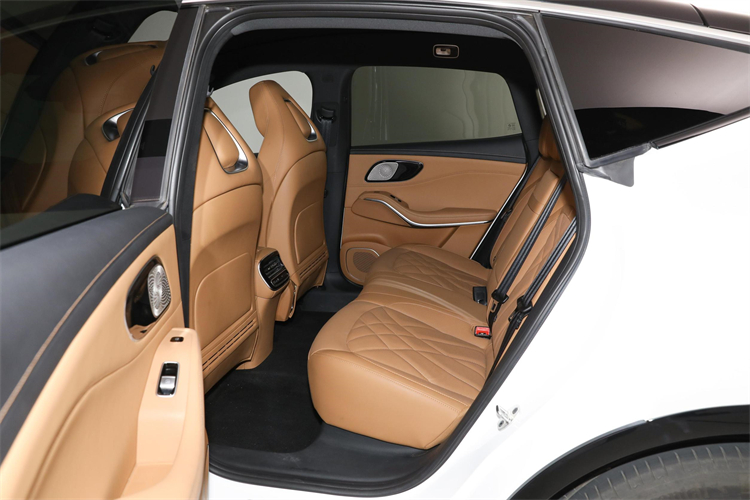
Jul . 23, 2024 14:25 Back to list
Leading Manufacturer of Spanish Roof Sheets for Quality and Durability in Construction Industry
The Evolution and Importance of Spanish Roof Sheet Manufacturers
In the construction industry, the choice of roofing materials plays a pivotal role in ensuring durability, aesthetics, and overall structural integrity. Among the various options available, Spanish roof sheets have gained prominence for their unique attributes, combining traditional design with modern technology. Spanish roof sheet manufacturers have carved a niche for themselves by providing high-quality, efficient roofing solutions tailored to meet diverse architectural needs.
Historical Context
The use of roof tiles in the Spanish architectural tradition dates back centuries. Early constructions utilized terracotta materials, reflecting the region's rich cultural heritage. These tiles not only served practical purposes but also added to the visual appeal of structures. The evolved design led to the development of Spanish roof sheets, which maintain the classic look while being engineered for contemporary applications.
Modern Manufacturing Techniques
Today, Spanish roof sheet manufacturers employ advanced technology to produce roofing materials that enhance longevity and performance. The manufacturing process involves high-quality raw materials combined with innovative techniques. For instance, the use of galvanized steel or aluminum as substrates adds strength and resistance to harsh weather conditions. These materials are then coated with protective layers to prevent corrosion and improve insulation.
One of the key innovations in this industry is the introduction of lightweight roofing solutions. Traditional Spanish tiles, while beautiful, can be cumbersome. In contrast, modern roof sheets offer a lighter-weight alternative without compromising visual appeal. This reduction in weight can lead to easier installations and reduced structural loads, benefiting both residential and commercial constructions.
Sustainability and Eco-Friendly Options
As environmental consciousness rises globally, Spanish roof sheet manufacturers are adapting their practices to be more sustainable. Many manufacturers now offer eco-friendly roofing solutions that utilize recyclable materials and reduce energy consumption during production. Some products are designed to reflect sunlight, thereby decreasing heat absorption, which can lead to lower air conditioning costs and a reduced carbon footprint.
spanish roof sheet manufacturer

Furthermore, the durability of these roof sheets means less frequent replacements, contributing to sustainability by minimizing waste over time. The implementation of sustainable practices not only benefits the environment but also appeals to a growing market segment that values green building practices.
Aesthetic Appeal
Despite the focus on functionality, Spanish roof sheets do not compromise on aesthetics. The variety of designs, colors, and finishes available allows homeowners and builders to choose roofing solutions that enhance the overall look of their properties. The classic Spanish style, characterized by its distinctive curves and rich earth tones, can be seamlessly integrated into modern architectural designs, providing a timeless appeal that transcends trends.
Market Demand and Future Trends
The demand for Spanish roof sheets has been steadily increasing, driven by trends in home renovation and sustainable building initiatives. As more people seek to create energy-efficient and visually stunning homes, the market for high-quality roofing materials continues to expand. Spanish roof sheet manufacturers are at the forefront of this trend, innovating and adapting to meet changing consumer preferences.
Future trends indicate that technology will play an even greater role in the roofing industry. Smart roofing systems that monitor weather conditions and adapt accordingly may become standard, for which Spanish roof sheet manufacturers could be pivotal. By staying ahead of these trends and continuing to focus on quality and sustainability, these manufacturers can ensure their relevance in the ever-evolving construction landscape.
Conclusion
Spanish roof sheet manufacturers are essential players in the construction industry, bridging the gap between traditional aesthetics and modern technological advancements. With a commitment to quality, sustainability, and design, they not only meet the demands of today's market but also pave the way for future innovations in roofing solutions. As building practices continue to evolve, the significance of these manufacturers will remain prominent, shaping the architectural landscape for years to come.
-
Affordable Used Car Engines Prices Quality Used Car Engines for Sale Reliable Used Engines
NewsJul.08,2025
-
Can You Use Dish Soap on Cars? Discover Safe Car Cleaning Alternatives
NewsJul.08,2025
-
Top Car and Driver EV SUV Picks Best Electric SUVs 2023, Ratings & Reviews
NewsJul.07,2025
-
How to Buy Used Cars Cheap Best Places & Top Deals for Affordable Vehicles
NewsJul.07,2025
-
Best Danbury Used Cars for Sale Reliable Used Cars Danbury CT Dealer Ingersoll Auto Specials
NewsJul.06,2025
-
Quality Used Car Parts in Asheville Affordable Asheville NC Auto Parts Reliable Asheville Used Car Dealerships
NewsJul.06,2025